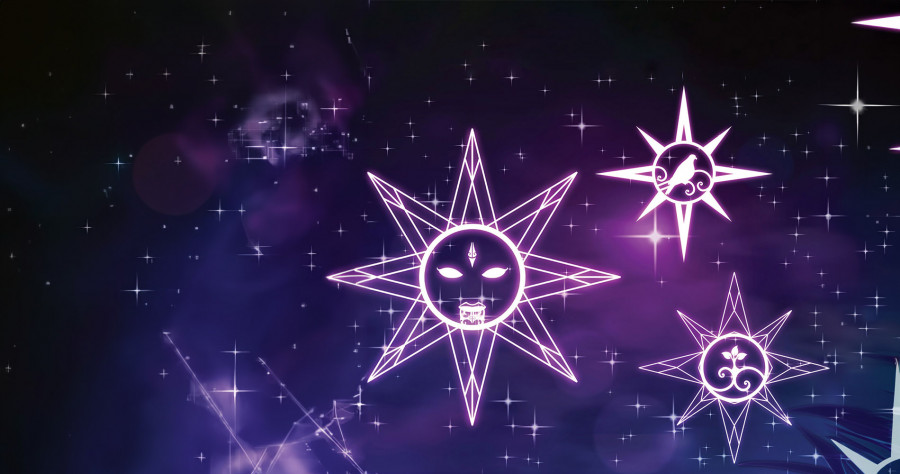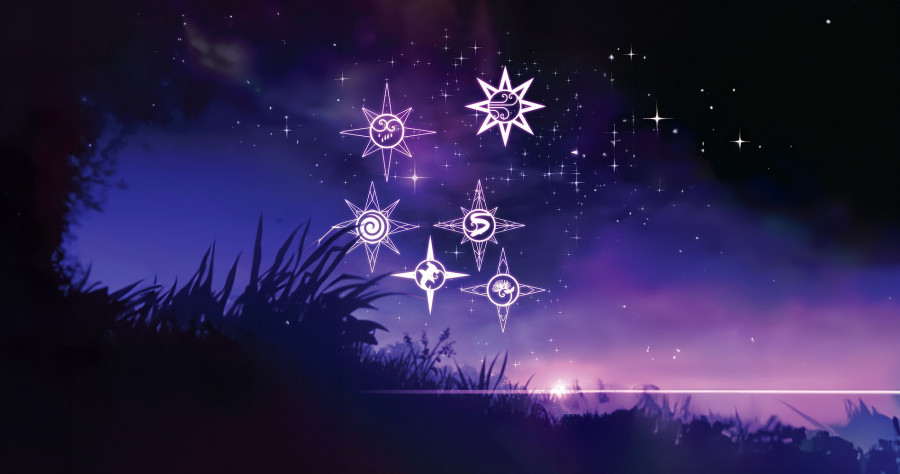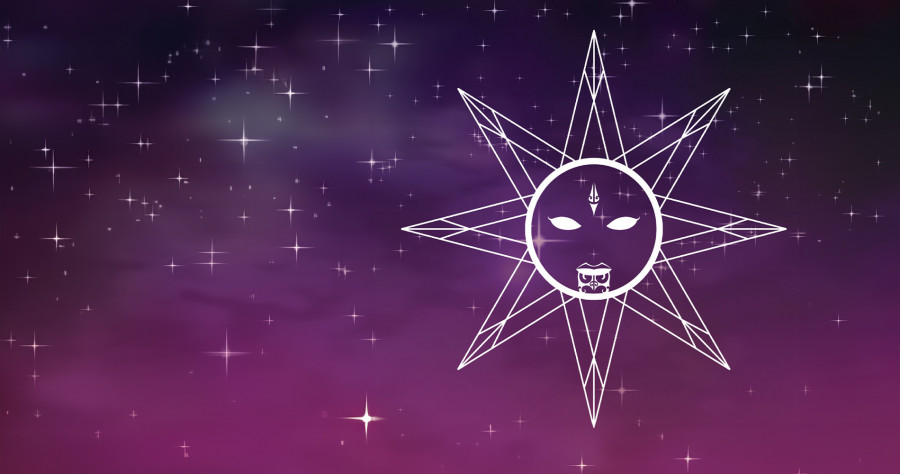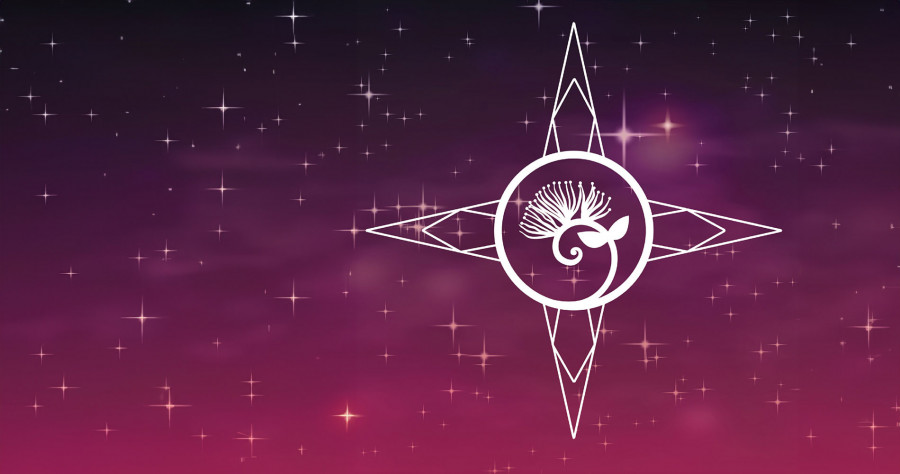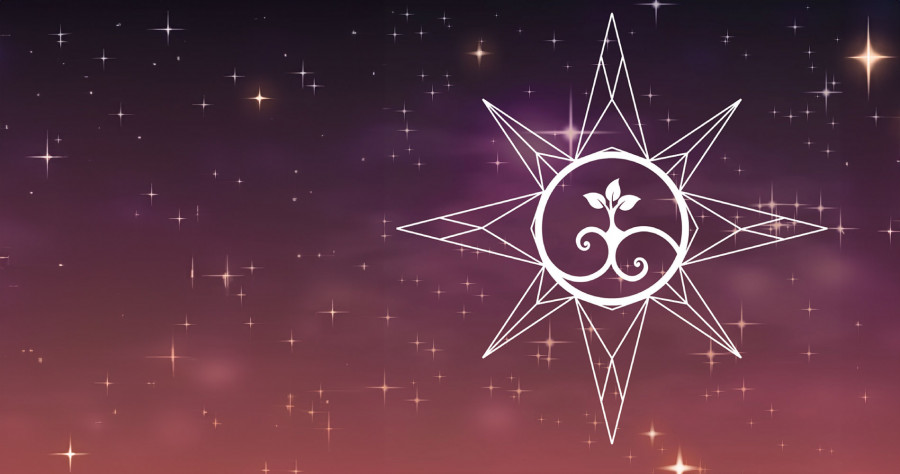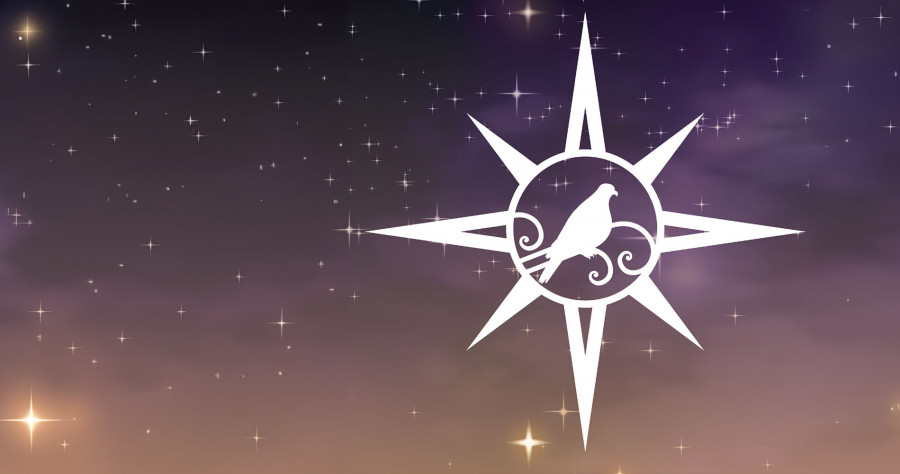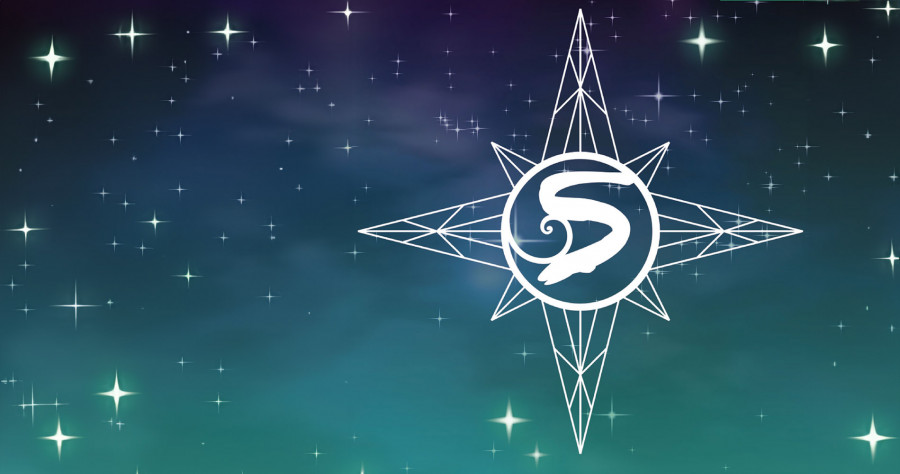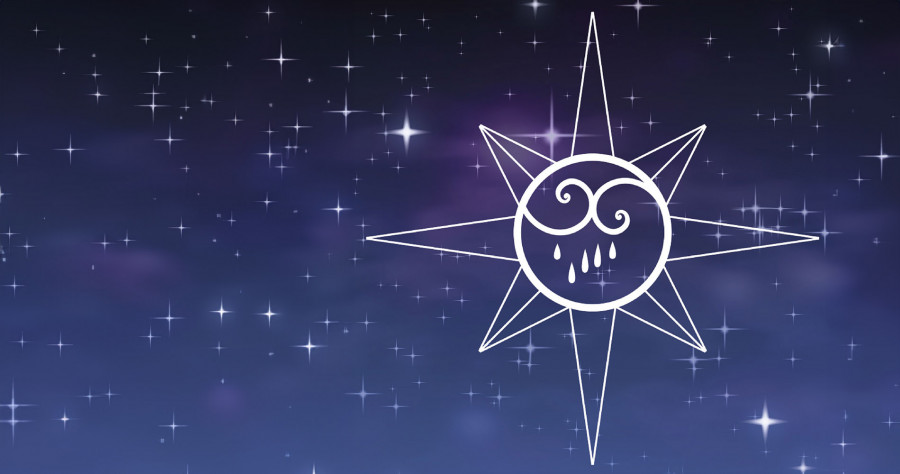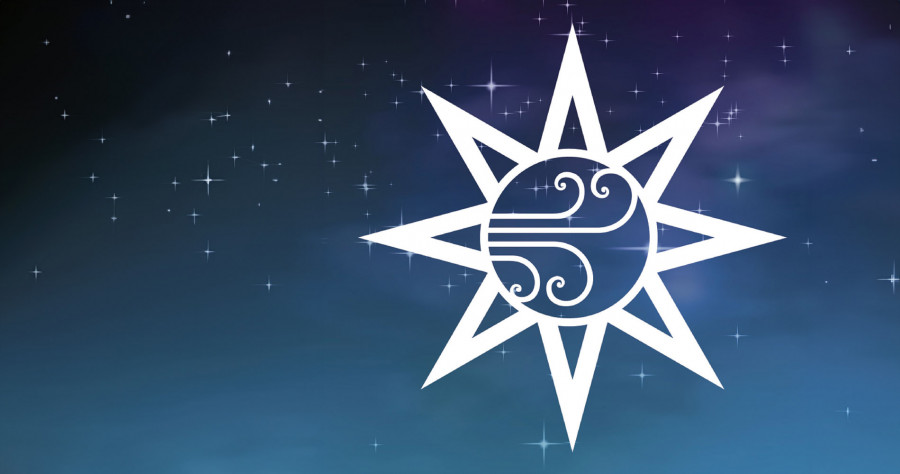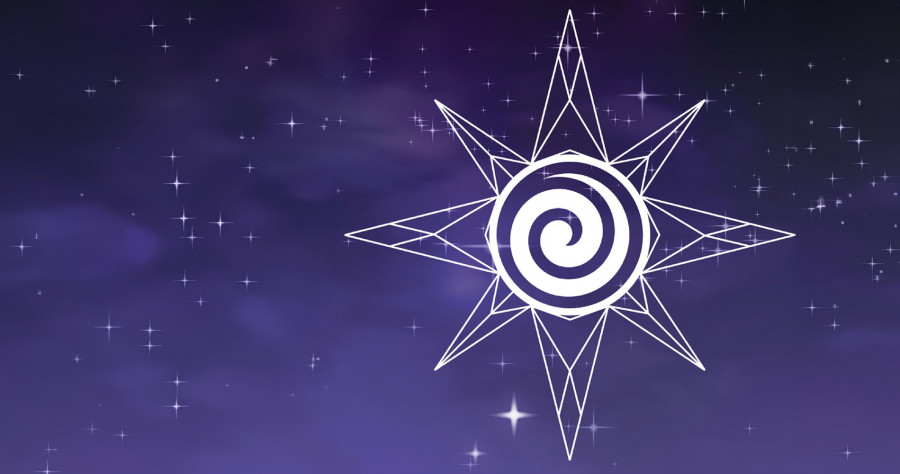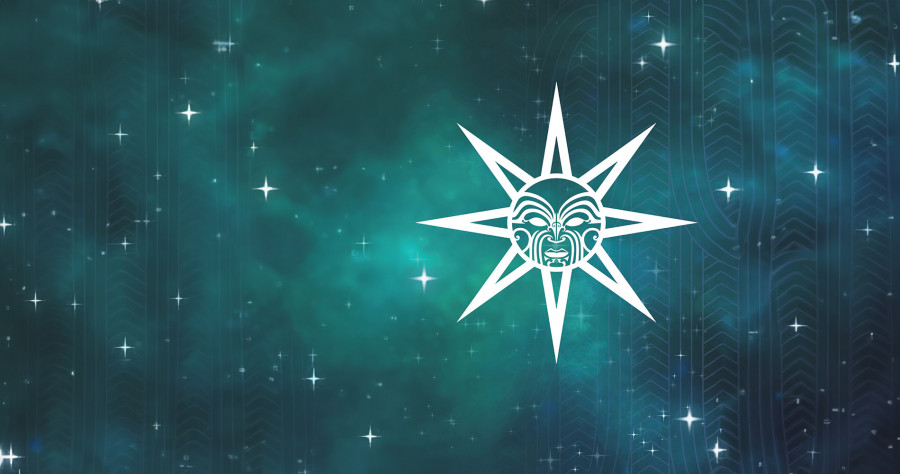Introduction to Kā Whetū o Matariki
Matariki is a group of stars that are visible in our New Zealand sky for most of the year. There are many names throughout the world for this cluster of stars such as the ancient Greek term Pleiades. When Matariki sets in the west around the beginning of winter it is no longer visible for a month-long period. Its rise again in the predawn sky during the Takaroa phase (last quarter) of the lunar (moon) cycle marks the beginning of the Māori New Year. This is the time to observe and acknowledge the many significant indicators that Matariki heralds.
The term Matariki is believed to be the abbreviation of Kā mata o te ariki Tāwhirimatea, which means the eyes of the god Tawhirimatea. According to some iwi, after the separation of Rakinui and Papatūānuku, Tawhirimatea ripped out his eyes, crushed them in his hand and threw them to the chest of his father forming the constellation Matariki.
WHAT IS MATARIKI?
Matariki is more than a constellation, it's a guiding beacon in our lives, marking the beginning of our Maori New Year. Known globally as Pleiades, each of the nine visible stars in Matariki carries a wairua, or spirit, representing different aspects of our lives and our connection to the natural world. It's a time when we celebrate, reflect, and strengthen our bonds with whānau and the whenua. Matariki is not just in the sky; it's a part of who we are, reminding us of our past, guiding our present, and lighting the path into our future.
Pōhutukawa
Pōhutukawa, a key star within the Matariki cluster, holds a profound place in Māori tradition. It serves as the celestial link between us and our departed loved ones. As Matariki rises in the early morning sky, we remember those who have passed away, calling out their names and shedding tears of remembrance. Pohutukawa's presence reminds us that, although our loved ones may be gone from our sight, they continue to influence our lives, their spirits woven forever into the fabric of our existence.
Tupuānuku
Tupuānuku, one of the nine primary stars in the Matariki cluster, holds a deep significance in Māori culture. It embodies the connection to food that grows from the ground, symbolizing the nurturing aspect of Papatūānuku, the Earth Mother. The name itself conveys its essence, with 'Tupu' or 'Tipu' meaning 'to grow' and 'Nuku' standing for 'Papatūānuku.' Thus, the rise of Tupuānuku during the Māori New Year symbolizes the abundance and sustenance derived from the earth, serving as a reminder of our intrinsic bond with nature.
Tupuāraki
In Māori tradition, the star Tupuāraki is a vital part of the Matariki cluster, symbolizing the sustenance we receive from the sky. It's said that during Matariki's rising, kererū, a native bird, were captured and preserved, embodying the bounty Tupuāraki brings. This star, therefore, signifies the harvesting of birds and other aerial food products like fruits from trees, reminding us of the sky's generous offerings and our connection with nature. Ko ēnei kā whetū o Matariki.
WAITĪ
Waitī, one of the nine stars of the Matariki cluster, holds a special connection with fresh waters and the life within them. For us Māori, Waitī signifies the abundant gifts provided by rivers, lakes, and streams. Especially significant is the kanakana, an eel-like fish with a rasping tongue and horn-like teeth. Highly valued as a food source, the kanakana is traditionally harvested at the beginning of the Māori New Year, marking the time when Matariki rises. Thus, Waitī is a symbol of sustenance, representing our deep connection with the natural world and the cycle of life.
WAITĀ
Waitā, one of the primary stars of Matariki, symbolizes the connection of Māori people with the bounty of the sea. When Matariki appears just above the horizon, Waitā is said to significantly influence the tides and marine life. The name Waitā, combining "wai" (water) and "tā" (salt), reflects this intimate relationship with the ocean. From saltwater foods to the power of the tides, Waitā represents the vital role the ocean plays in Māori life, culture, and sustenance.
Waipuna-ā-raki
Waipuna-ā-raki, one of the stars of Matariki, symbolizes the life-giving waters that fall from the sky during winter. The rain, hail, and snow it represents quench the thirst of our land, people, animals, and plants. Its influence extends beyond merely providing water; it also participates in the life cycle of water, inspiring the cycle of evaporation and rainfall anew. Thus, Waipuna-ā-raki signifies the vitality and renewal brought about by nature's water cycle.
